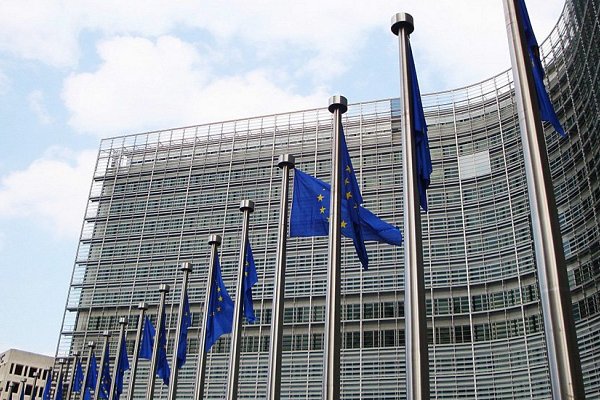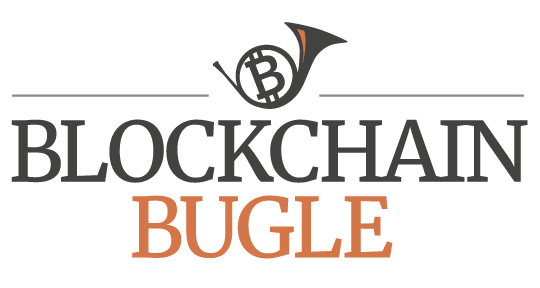European Securities and Markets Authority Issues Discussion Paper on Distributed Ledger Technology

The European Securities and Markets Authority (ESMA) has issued a discussion paper titled “The Distributed Ledger Technology Applied to Securities Markets” for a public consultation on distributed ledger technology (DLT). ESMA is seeking feedback on the possible use of DLT in securities markets, including potential benefits and risks.
The Telegraph notes that shares could eventually be traded almost instantly without the costly safety net of clearing houses by using the blockchain, the building blocks of Bitcoin, although the technology remains at an early stage. While DLT was first deployed to run the Bitcoin network, it could be adopted to streamline securities trading.
ESMA began analyzing virtual currencies in 2013 and then analyzed investments using virtual currencies or DLT, including possible risks and benefits, on which ESMA is now seeking more in-depth feedback to further its assessment.
The public “Consultation on the Distributed Ledger Technology Applied to Securities Markets” runs from June 2 to September 2, 2016. Stakeholders and other interested parties are invited to respond to the questions stated in the discussion paper and describe alternatives that ESMA should consider. In particular, the ESMA is seeking feedback and opinions from fintech companies and financial institutions interested in the use of DLT in securities markets such as banks, central counterparties, central securities depositaries, custodians, asset managers and investors.
Two of the key questions asked, which seem especially representative as indication of ESMA’s targets, are, “If you are working on a concrete application of the DLT to securities markets please describe it (i.e., which activities, which market segments, which type of assets and for which expected benefits) and explain where you stand in terms of practical achievements in relation to your objectives,” and “Do you see potential regulatory impediments to the deployment of the DLT in securities markets?”
ESMA will use the feedback provided by the participants in the consultation to develop a position on the use of DLT in securities markets and, in particular, to assess whether a regulatory response may be needed.
ESMA appreciates that DLT may have different applications and impacts on financial activities, market participants and market infrastructures, depending on a variety of elements, including its capacity to address a number of technical, governance, legal and regulatory issues. A disclaimer notes that it’s too early to form a definitive official position on DLT. With the publication of the discussion paper, the authority does not intend to express a firm position on the DLT, but rather present “in a factual and objective manner” the results of its preliminary analysis on the possible impacts of the DLT on securities markets.
According to the authority’s preliminary analysis, DLT could ultimately become the trusted source for the record of ownership of securities and safekeeping of assets. It could speed the clearing and settlement of certain financial transactions, by reducing the number of intermediaries involved and by making the reconciliation process more efficient. Additional benefits could come from the possibility of combining clearing and settlement of transactions into a single step, which would be almost instantaneous.
DLT could also facilitate the recording of ownership of a variety of securities and the safekeeping of assets, the implementation of a unique reference system across securities markets, and the collection, consolidation and sharing of data for reporting, risk management and supervisory purposes.
In a reference to emerging trends in DLT, the ESMA notes that smart contracts implemented on top of distributed ledgers could increase automation and reduce uncertainty and risk. In another interesting statement inspired by an emerging trend, pioneered, among others, by Overstock, the authority notes that “DLT could also be used to directly issue digital securities and track their ownership and help supporting issuance related services.”
Two important arguments in favor of DLT are security and cost. The document notes that the perceived high security of DLT ‒ which according to the authority “remains to be tested” ‒ is due to the distributed nature of the ledger, which doesn’t present a single point of attack, and the use of cryptography and consensus to secure and validate transactions. “These features could help mitigate the risk of a cyber-attack,” notes the authority. “They could also reduce the need for recovery plans, since the records would be kept in several places at the same time.” A general reduction of costs is another suggested benefit of DLT.
Among the perceived shortcomings of existing DLT mentioned in the paper, scalability and interoperability have a central role, and risks are thoroughly analyzed. It’s worth noting that the authority clearly favors “permissioned” ledgers over the “permissionless” model used in the Bitcoin network, where everyone ‒ including non-vetted anonymous participants ‒ can operate a network node and validate transactions.
The ESMA document notes that the capacity of DLT to fit into the existing regulatory framework may limit its deployment, and analyzes the key E.U. regulations likely to apply, and what requirement they would impose on the participants in DLT networks.
The post European Securities and Markets Authority Issues Discussion Paper on Distributed Ledger Technology appeared first on Bitcoin Magazine.


